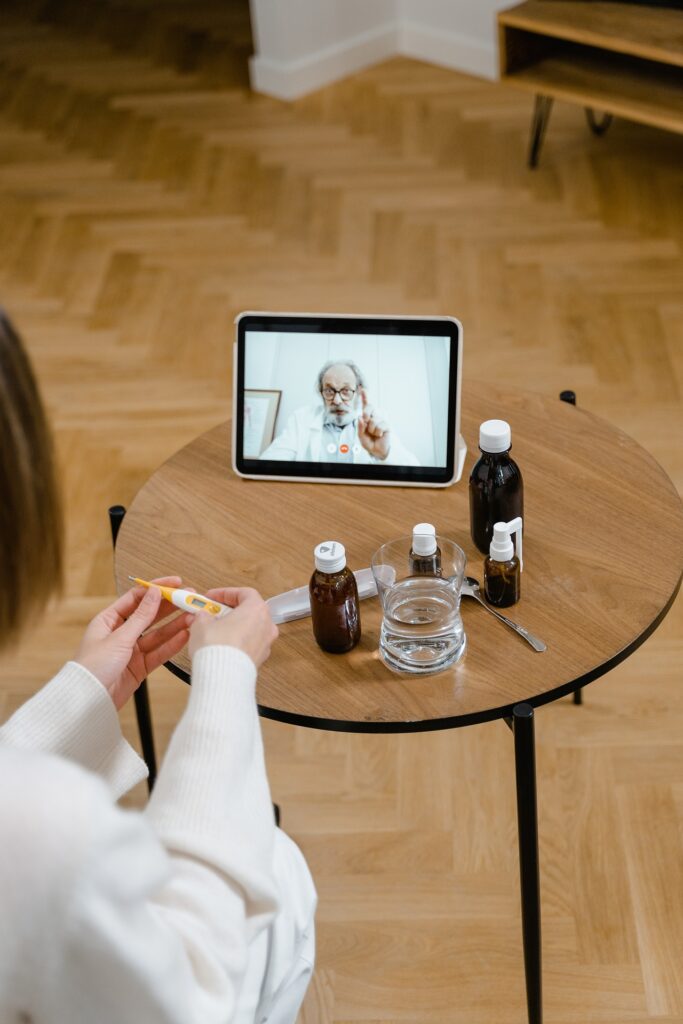
The landscape of healthcare is rapidly evolving, with telehealth emerging as a powerful tool that is transforming the way care is delivered, particularly within the realm of home care. This innovative approach leverages technology to bridge geographical distances, enhance patient care, and improve overall healthcare outcomes.
Telehealth encompasses a broad range of healthcare services that are delivered remotely using electronic information and telecommunication technologies. This can include virtual consultations with physicians, remote patient monitoring, and the exchange of medical information.
How Telehealth Enhances Home Care
The integration of telehealth into home care services offers numerous benefits:
- Improved Access to Care: Telehealth expands access to healthcare providers, especially for individuals in rural areas or those with limited mobility.
- Enhanced Patient Monitoring: Remote patient monitoring devices allow healthcare providers to track vital signs, medication adherence, and other health metrics in real-time, enabling early intervention and proactive care.
- Increased Convenience: Virtual consultations eliminate the need for patients to travel to healthcare facilities, saving time and reducing stress.
- Improved Communication: Telehealth facilitates seamless communication between patients, caregivers, and healthcare providers, ensuring coordinated care and timely responses to changing health needs.
- Cost-Effectiveness: By reducing the need for in-person visits and hospitalizations, telehealth can help lower healthcare costs for both patients and providers.
The Future of Telehealth in Home Care
As technology continues to advance, the role of telehealth in home care is poised to expand significantly. We can expect to see:
- Greater Integration of AI and Machine Learning: AI-powered tools can analyze patient data, identify potential health risks, and provide personalized care recommendations.
- Expansion of Remote Patient Monitoring Capabilities: Wearable devices and other innovative technologies will enable more comprehensive and accurate monitoring of patient health.
- Increased Collaboration Among Healthcare Providers: Telehealth platforms will facilitate seamless communication and collaboration among physicians, nurses, therapists, and other members of the care team.
- Enhanced Patient Engagement: Interactive telehealth platforms can empower patients to take a more active role in managing their health by providing access to educational resources and self-management tools.
Conclusion
Telehealth is revolutionizing the delivery of home care services, offering numerous benefits for patients, caregivers, and healthcare providers. As technology continues to evolve, we can expect to see even greater integration of telehealth into the home care setting, leading to more accessible, efficient, and effective care for individuals of all ages and health conditions.

